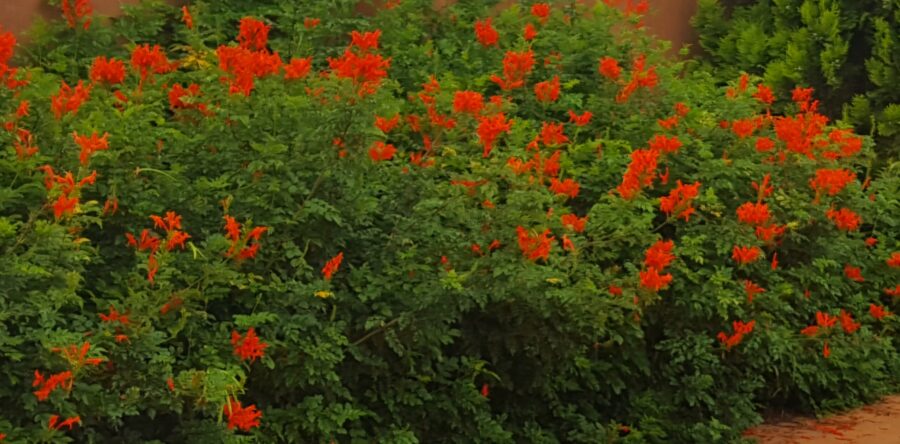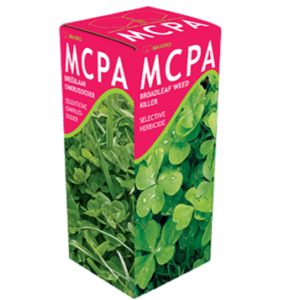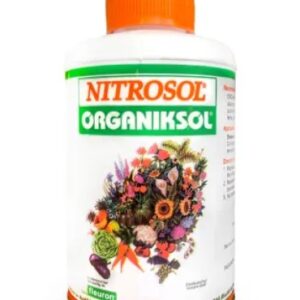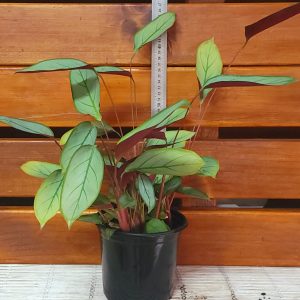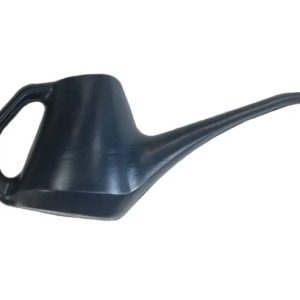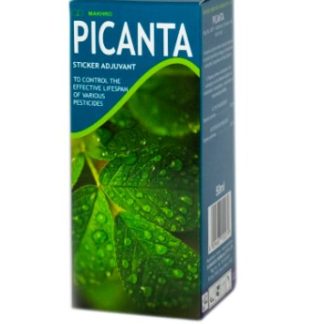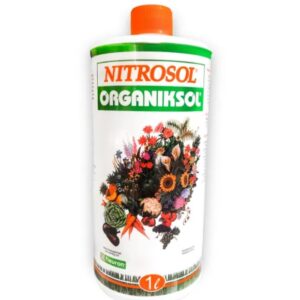Tecomaria capensi, Cape Honeysuckle,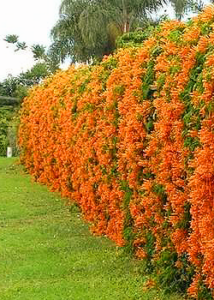
is a resilient, evergreen shrub that hails from South Africa. It is cherished for its striking tubular flowers, which come in shades of orange, yellow, salmon, and red, attracting hummingbirds and butterflies, making it a popular choice for gardens and landscapes.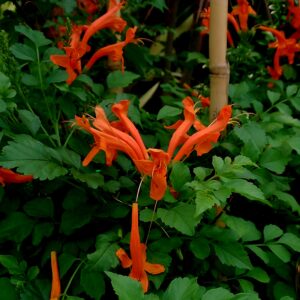
Description
- Appearance: Cape Honeysuckle can reach heights of 3-6 metres and spread 2-5 metres wide. It can be trained to grow as a vine or allowed to flourish as a bush, offering versatility for various landscape designs. It serves well as a hedge plant to block wind or provide privacy. The plant features glossy, dark green leaves and produces clusters of bright orange to red flowers, typically blooming from late summer through autumn.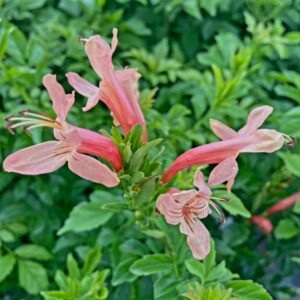
Uses
1. Hedge Plant: Tecomaria capensis is often used as a hedge due to its dense foliage and ability to grow tall, providing excellent privacy and acting as a windbreak.
2. Ornamental Value: Its vibrant flowers make it an attractive addition to gardens, borders, and patios.
3. Wildlife Habitat: The flowers serve as a food source for hummingbirds and butterflies, fostering biodiversity in garden environments.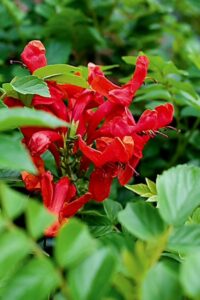
Benefits
- Drought Tolerance: Once established, Cape Honeysuckle is quite drought-tolerant, making it suitable for water-restricted areas.
- Low Maintenance: It requires minimal care once established, making it ideal for busy gardeners or those seeking easy-care plants.
- Soil Improvement: The plant can enhance soil structure and prevent erosion due to its extensive root system.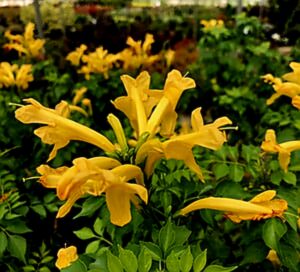
Soil Conditions
- Soil Type: Tecomaria capensis prefers well-drained soils but can adapt to a variety of soil types, including sandy, loamy, or clay soils.
- pH Level: It thrives in slightly acidic to neutral pH levels (6.0 to 7.0), making it ideal for our coastal sandy soils.
- Nutrient Requirements: While it can grow well in poorer soils, adding compost can boost growth and flowering.
Watering
- Water Needs: Water regularly during the first growing season to help establish a strong root system. Once established, it needs less frequent watering.
- Drought Resistance: The plant can tolerate periods of drought, but regular watering during extended dry spells will encourage more vigorous growth and flowering.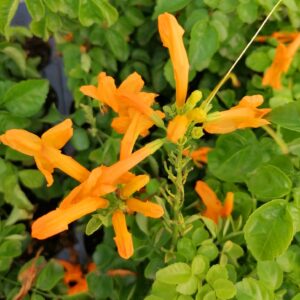
Easy Care Tips
- Pruning: Prune back after flowering to maintain shape and encourage new growth. This also helps manage size, especially if used as a hedge.
- Pest and Disease: Generally resistant to most pests and diseases.
- Fertilization: Fertilising in spring with a balanced fertiliser can promote healthy growth and flowering during summer.
Overall, Tecomaria capensis is a versatile and attractive plant that thrives in various conditions while providing both aesthetic and ecological benefits. Whether used as a hedge or as an ornamental feature, its vibrant flowers and ease of care make it a favourite among indigenous gardeners.
